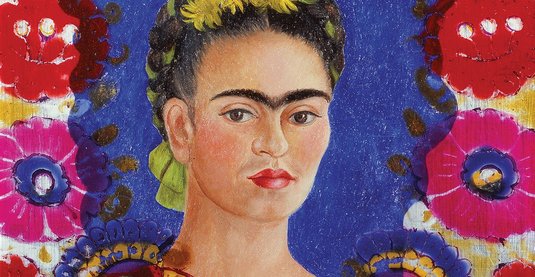
Focus on... "The Winter Garden" by Jean Dubuffet
Climb a flight of steps, pass through a half-open door, walk inside a sculpture, sit down and discover "images made into a habitat"... The Winter Garden allows visitors to enjoy a kind of meditative experience in the very heart of the Centre Pompidou.
The artificial grotto is a blind place where there is no hint of nature, but other questions and meditations can emerge.
The work is a white box with shaped walls. From the floor to the ceiling, thick black lines underline or contradict the uneven surface. Created from a polystyrene model with painted vinyl, then greatly enlarged and covered with polyurethane, the artificial grotto is a blind place where there is no hint of nature, but other questions and meditations can emerge. Plato’s allegory of the cave comes to mind: Dubuffet believed that our conception of reality is "an ancient invention adopted collectively and of which our minds have become convinced". It is therefore a convention, a collective illusion. The artist’s role is to come up with other ways of deciphering through painting and other means of ordering. Like here, in this man-made limbo.
In 1944, the Galerie Drouin received anonymous letters and the visitors' book was filled with insults: reactions to Dubuffet's first solo exhibition were violent. Despite an introductory text by the influential Jean Paulhan, editor of La Nouvelle Revue Française, the artist infuriated visitors who found his figures hideous, his painting too impasto and his colours too garish. People called him a fake. Pierre Matisse, Braque and Picasso's gallerist in New York, exhibited his work in 1946, introducing it to the American public. He presented Dubuffet as the next generation. Critic Clement Greenberg was enthusiastic. Exhibitions began to be held in Manhattan once or twice a year.
From the 1960s onwards, projects for monumental sculptures began to take shape, coinciding with the artist's wider recognition in France and the United States.
From the 1960s onwards, projects for monumental sculptures began to take shape, coinciding with the artist's wider recognition in France and the United States. Dubuffet's work was the subject of two retrospectives, one at the Musée des Arts Décoratifs (sparking controversy anew) and the other at MoMA in New York. Dubuffet became famous for his hatred of academicism and advocacy for art brut. In the 1970s, Coucou Bazar, a large-scale "animated painting", was shown at the Guggenheim and then at the Grand Palais. In the 1980s, it appeared at the Guggenheim again, the Centre Pompidou, the museums of Tokyo and Osaka, and finally, the French Pavilion at the Venice Biennale, which was entirely devoted to him in 1984. ◼
But... What is art brut?
Dubuffet's name is often associated with the concept of art brut, of which he was the inventor, theorist and a major collector. Wishing to give a voice to people "outside professional artistic circles", free from any influence or constraint, the artist developed a collection of objects made by incarcerated people and drawings by children and people with mental illnesses. The concept of art brut also enabled Dubuffet to oppose conventional, elitist art: “Art, therefore, in which is manifested the sole function of invention, and not those, constantly seen in cultural art, of the chameleon and the monkey.”
Related articles
In the calendar
Anaïs dans l'œuvre de Jean Dubuffet, Jardin d'hiver, 1968-1970
Polyuréthane sur époxy, 480 × 960 × 550 cm
Photo © Manuel Braun



